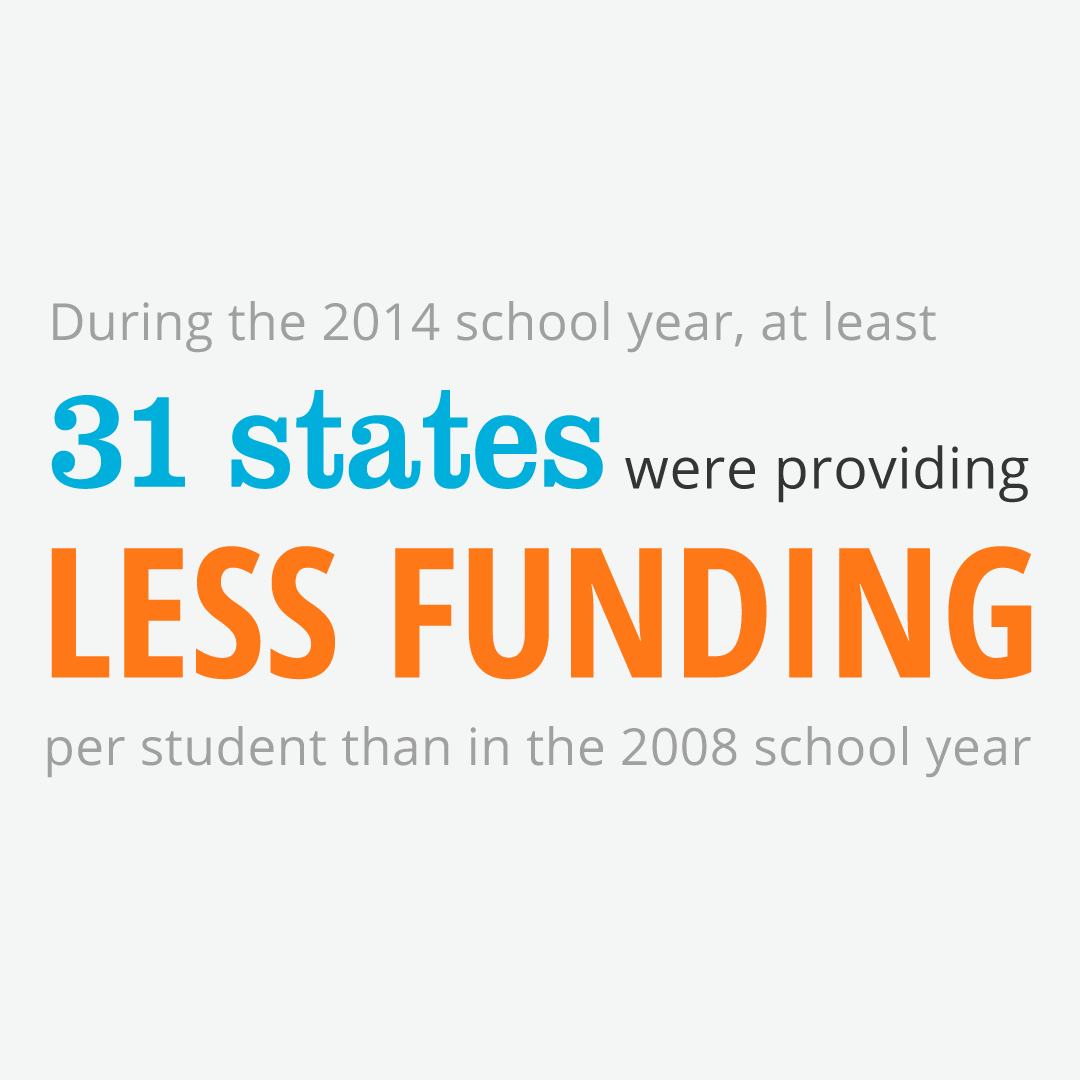After much anticipation, House Speaker Nancy Pelosi (D-CA12), Transportation and Infrastructure Committee Chairman Peter DeFazio (D-OR4), Energy and Commerce Committee Chairman Frank Pallone (D-NJ6), and Ways and Means Committee Chairman Richard Neal (D-MA1), introduced an infrastructure investment framework that would invest $760 billion over five years in our nation’s roads, bridges, transit and rail systems, airports, ports, inland waterways, wastewater, and drinking water systems. This broad infrastructure framework looks to combat the impacts on climate change and reduce carbon pollution, improve human safety, and enhance resilience.
Transportation Infrastructure Improvements
Highway and Bridge Investment: $319 billion would be directed towards modernizing and making safety investments in our nation’s highway system. This portion of the framework will prioritize investment in our roads and bridges in subpar condition, including our nation’s 47,052 structurally deficit bridges. The framework also looks to modernize our highway infrastructure though new funding to eliminate bottlenecks, use modern technology including smart traffic lights to create a more efficient transportation system, make investments in carbon pollution reduction from the transportation sector, and improve infrastructure resilience. This added investment would also examine the viability of new transportation user fees. $10 billion would also be directed to improve roadway safety activity.
Transit and Rail Investment: $105 billion would be directed to improve our nation’s transit system. This added investment would include streamlining project delivery be reforming the Capital Investment Grant (CIG) program and provide investments needed to address the growing backlog of transit maintenance needs, increased funding for transit agencies to add new routes, and boost investment in zero-emission buses to reduce carbon pollution.$55 billion would be directed to improve our nation’s passenger rail network. Investment would include expanding the current passenger rail network and added investment in Amtrak facilities.
Airport Investment: $30 billion would be directed to support our aviation infrastructure. This added investment would include raising the cap on the Passenger Facility Charge (PFC)and establish a new Airport and Airway Investment Program focusing on modernizing projects that enhance capacity, reduce carbon footprint, and achieve significant national objectives.
Water and Energy Infrastructure Improvements
Clean Water & Wastewater Investment: $50.5 billion would be directed towards improving our clean water and wastewater infrastructure. This investment would include $40 billion to the Clean Water State Revolving Fund (CWSRF) with dedicated funds to urban and rural communities, encourage the use of energy-efficient and water-efficient technologies, helps communities address local sewer overflow and stormwater infrastructure needs, and creates a new Environmental Protection Agency (EPA) program to detect, prevent, and treat discharge of industrial chemicals.
Drinking Water Infrastructure: $25.4 billion would be directed to protect and improve our nation’s drinking water supply. This would include investment in the Drinking Water State Revolving Fund and provide funding to communities dealing with PFAS contamination and requires the EPA to identify and assist these and other communities with effective decontamination techniques.
Water Infrastructure: $10 billion would be directed to improve flood protection and navigation efforts. This investment would include tackling the backlog of Army Corps’ projects designed to protect communities at risk of flooding, to enhance community resiliency, and to enhance national, regional, and local economic growth.
Brownfield Restoration: $2.7 billion is directed to help communities rebuild abandoned and contaminated properties. This potation of the framework includes the creation of a new program to promote renewable energy projects on brownfield sites.
Port Infrastructure: $19.7 billion would be directed to improve the condition of our nation’s ports. This includes fully utilizing the Harbor Maintenance Trust Fund (HMTF).
Clean Energy Infrastructure: $34.3 billion would be directed to make improvements in our nation’s energy system. This includes investments in electric grid modernization, expands access of renewable energy infrastructure, and makes improvements to existing energy supply infrastructure.
As House Democrats unveiled this framework, Transportation and Infrastructure Committee Ranking Member Sam Graves (R-MO6) and Congressman Rodney Davis (R-IL13) released their own set of principles which call for finding long-term sustainability of the Highway Trust Fund (HTF) and finding new revenue solutions, incorporate technological innovation in infrastructure development, streamline the permitting process, and supporting state flexibility.
Under both frameworks, the House Ways and Means Committee held a hearing this week to discuss how to best pay for these much-needed infrastructure improvements. This included a robust discussion on supporting user fee systems including the HTF and finding a long-term revenue solution, the benefits of public-private partnerships including tools in the bond market, and the federal government’s responsibility in our nation’s infrastructure.
We are encouraged by House action in the release of both Democratic and Republican infrastructure frameworks. Similarly, ASCE has its own principles for investing in our nation’s infrastructure which include:
- Ensuring dedicated public funding sources on all levels are consistently and sufficiently funded from user-generated fees, with infrastructure trust funds never used to pay for or offset other parts of a budget.
- Fixing the HTF by raising the federal motor fuel tax to ensure long-term, sustainable funding for the federal surface transportation program.
- Authorizing programs to improve specific categories of deficient infrastructure and support that commitment by fully funding them in an expedient, prioritized manner.
- Ensuring infrastructure owners and operators charge, and Americans are willing to pay, rates and fees that reflect the true cost of using, maintaining, and improving all infrastructure, including our water, waste, transportation, and energy services.
In ASCE’s 2017 Infrastructure Report Card, our overall infrastructure grade was a “D+” with an infrastructure investment deficit of $2 trillion over 10 years. In order to raise our grade and compete in the global economy, we need strong investment and leadership. We look forward to working with Congress and the Trump Administration on addressing our infrastructure deficit and building a stronger nation.























































